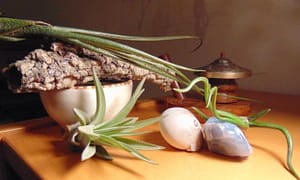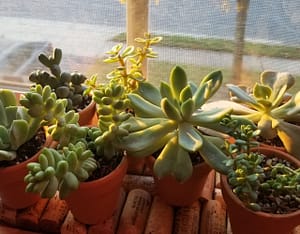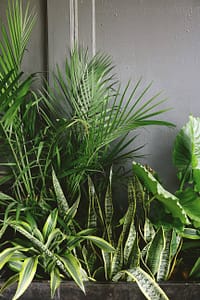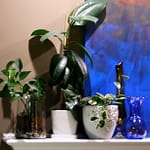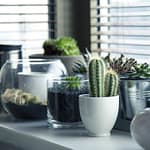
Trying to determine if your houseplants are getting enough light can be a bit of a challenge with some trial and error. To the human eye, the natural or artificial light looks bright enough, but plants “see” light differently. Plants use phytochromes from their leaves to see red light. This explanation can get quite deep, scientifically. For the sake of this article, we are going to keep it simple and straightforward.
As a gardener, whether you are growing plants outdoors or indoors, it is exciting to see your plants thrive from year-to-year and season-to-season. The right light-level for your plant does matter for your plants thrive, just as much as watering, temperature, etc.
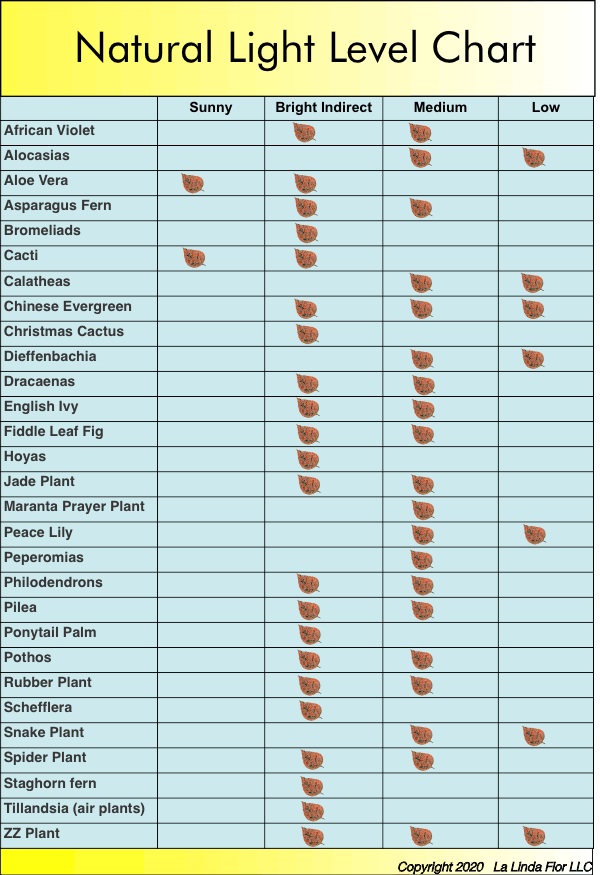
Acquiring a plant and putting it under any light situation without knowing the amount of light it needs can cause plant distress or slow or stunted growth. For example, too much direct sun light can cause scorched foliage or your plant to severely dry out. Too little light can cause slow or no growth. Either way, your plant won’t survive if the light situation is not right.
If your home has very little windows to let in natural light, don’t worry. Many indoor plants grow well under artificial lights. You can always use grow lights: Full (Broad), Blue, or Red Spectrum:
GE Broad Spectrum Grow Lights (bulb)
Feit Electric Non-Dimmable A19 LED Plant Grow Light (bulb)
Carnegie Pendant LED Grow Light (lamp fixture and bulb)
Miracle LED Wide Angle Full Spectrum Daylight (bulb)
Sunset Natural Red Sunlight Grow light (bulb)
There are many more grow lights on the market to choose from based your interior lighting needs and preference.
We hope you found this information helpful.

